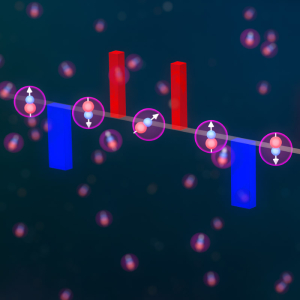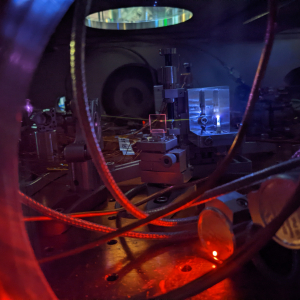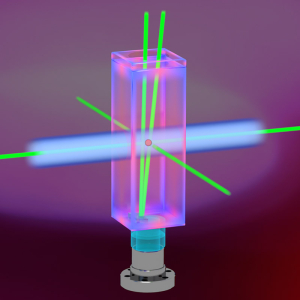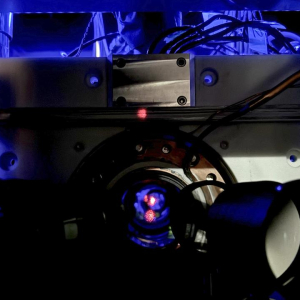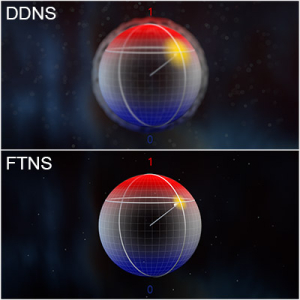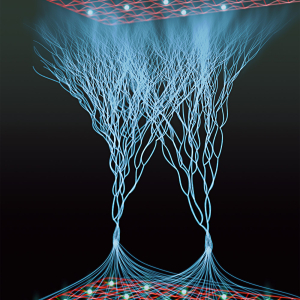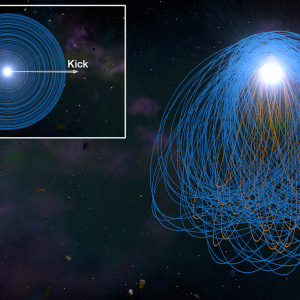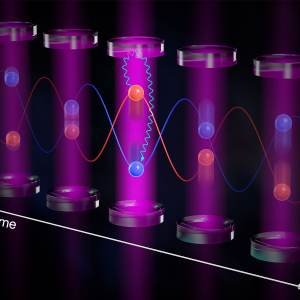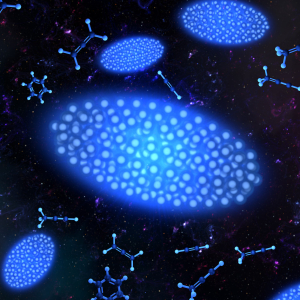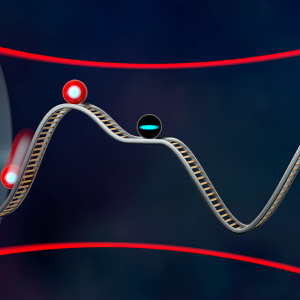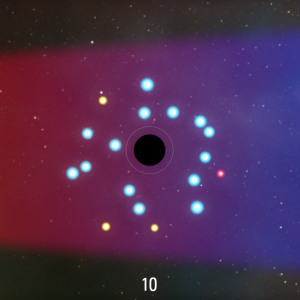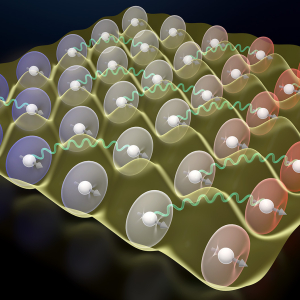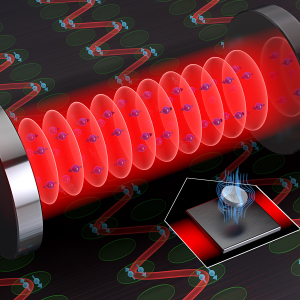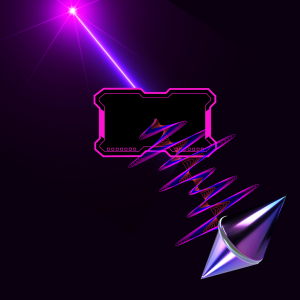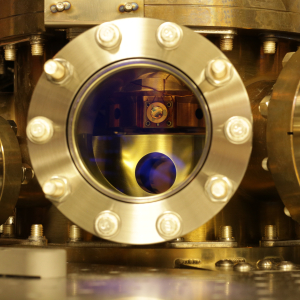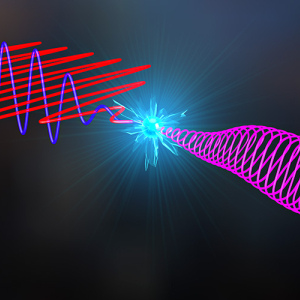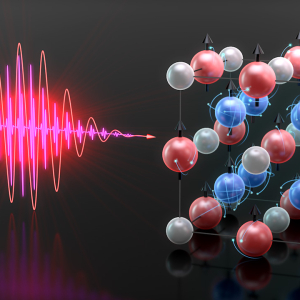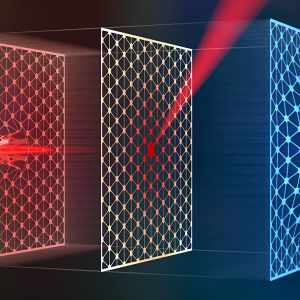Research Highlights
Displaying 21 - 40 of 499
Precision Measurement | Quantum Information Science & Technology
Polar Molecules Dance to the Tunes of Microwaves
PI(s):
Jun Ye
Precision Measurement | Quantum Information Science & Technology
Moving into a Nuclear Timekeeping Domain
PI(s):
Jun Ye
Quantum Information Science & Technology
A 3D Ion Magnet, the New Experimental Frontier for Quantum Information Processing
PI(s):
Ana Maria Rey
Precision Measurement | Quantum Information Science & Technology
Meet the JILA Postdoc and Graduate Student Leading the Charge in a Multi-Million-Dollar NASA-Funded Quantum Sensing Project
PI(s):
Murray Holland
Precision Measurement | Quantum Information Science & Technology
JILA Researchers Create an Even More Precise Optical Atomic Clock
PI(s):
Jun Ye
Precision Measurement | Quantum Information Science & Technology
Mapping Noise to Improve Quantum Measurements
PI(s):
Shuo Sun
Laser Physics | Precision Measurement | Quantum Information Science & Technology
The Interference of Many Atoms, and a New Approach to Boson Sampling
PI(s):
Adam Kaufman
Astrophysics
Hungry, Hungry White Dwarfs: Solving the Puzzle of Stellar Metal Pollution
PI(s):
Ann-Marie Madigan
Precision Measurement | Quantum Information Science & Technology
Twisting and Binding Matter Waves with Photons in a Cavity
PI(s):
Ana Maria Rey | James Thompson | Murray Holland
Astrophysics | Chemical Physics | Laser Physics
Cold Coulomb Crystals, Cosmic Clues: Unraveling the Mysteries of Space Chemistry
PI(s):
Heather Lewandowski
Precision Measurement | Quantum Information Science & Technology
Squeezing in the Dark of a Superradiant Roller Coaster
PI(s):
Ana Maria Rey
Astrophysics
New Findings From the JWST: How Black Holes Switched from Creating to Quenching Stars
PI(s):
Mitch Begelman
Biophysics | Other
Probing Proton Pumping: New Findings on Protein Folding in bacteriorhodopsin (bR)
PI(s):
Thomas Perkins
Precision Measurement | Quantum Information Science & Technology
Dipole-Dipole Interactions: Observing A New Clock Systematic Shift
PI(s):
Jun Ye
Precision Measurement | Quantum Information Science & Technology
B-C-S—Easy as I, II, III: Unveiling Dynamic Superconductivity
PI(s):
Ana Maria Rey | James Thompson
Laser Physics | Precision Measurement
Building on JILA’s Legacy of Laser Precision
PI(s):
Jun Ye | John Hall
Atomic & Molecular Physics | Quantum Information Science & Technology
The Tale of Two Clocks: Advancing the Precision of Timekeeping
PI(s):
Jun Ye | James Thompson
Laser Physics | Precision Measurement | Quantum Information Science & Technology
Creating the “Goldilocks” Zone: Making Special-Shaped Light
PI(s):
Andreas Becker
Laser Physics | Nanoscience | Quantum Information Science & Technology
Unlocking the Secrets of Spin with High-Harmonic Probes
PI(s):
Margaret Murnane | Henry Kapteyn
Laser Physics | Precision Measurement | Quantum Information Science & Technology
A Drum Sounding Both Hot and Cold
PI(s):
Cindy Regal




